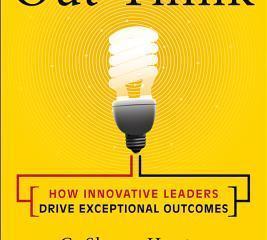Sales acumen is always in demand but many salespeople leap over a critical step — gaining knowledge about corporate culture — in their zeal to close. “Working” this culture brings tangible benefits.
Beverly Flaxington, principal at The Collaborative for Business Development Inc., in Medfield, Mass., trains salespeople to “look at behavioral style, obstacles and the nuances of the buying firm that you need to understand to get the sales closed.”
Flaxington differentiates between two cultures. She maintains that while a corporate culture could appear to have a characteristic — such as aggressive or top-down — a buying culture refers to buying decision-makers, their style and their perceived level of importance of a product or service.
How do you gather information about a company’s culture?
Flaxington suggests using the sales version of informational interviewing.
“Get to two people inside the firm who aren’t necessarily decision-makers and aren’t necessarily part of the process to share information about how the company makes decisions and which people have power,” she recommends. She points out that they might be secretaries or people in another area of the company. Get them to tell you how the company operates. They can provide what she calls “a window into the environment.”
Organizational development consultant Simma Lieberman of Simma Lieberman Associates of Albany, Calif., says that it’s important to find out if the culture is innovative, because that will indicate its openness to new ideas, products or services. “If they have new products or are in the press a lot about something innovative,” she comments, “chances are they’ll be more open to someone from the outside. If they’re staying the same, they’re doing so for a reason.” She recommends finding out from a non- decision-maker if a decision-maker is uninterested in something new unless you’re referred from inside.
Sales trainer Drew Stevens of Stevens Consulting Group LLC in Eureka, Mo., advises you not to race to the CEO, because gatekeepers will block you. Understanding “the issues of the organization and speaking to buyers about measurable results, output and deliverables will help them grasp the value to the organization and to the buyer personally. If everything is profit-driven, you know it’s not about the people but the stakeholders.”
Lieberman takes this one step further directing you to “look for cultures that empower their employees,” because empowered people usually indicate access to decision-makers and purchasing done by more employees with budgets and decision-making authority.
Other resources
Static resources are easier to corral, but use them as research to familiarize yourself with the company before you talk to people. Consider these possibilities:
▶ Glance at the annual report for a flavor of information executives are promoting and team-orientation (Stevens). The latter will help you determine whether more than one person is involved in a sale.
▶ Search Google with the company name + innovation + new products (or new services) + change; read the press (Lieberman).
▶ Read The Wall Street Journal for “environmental and competitive factors affecting a business.” Scan analyst projections and the news in DataMonitor and Factiva (Stevens).
Remember, though, that “there’s no replacement for questioning or interviewing,” Flaxington observes. “Turn into a detective and keep probing until you get an ‘aha!’ ”
Mildred Culp is a nationally syndicated columnist.






